Category: cosmology – Page 72
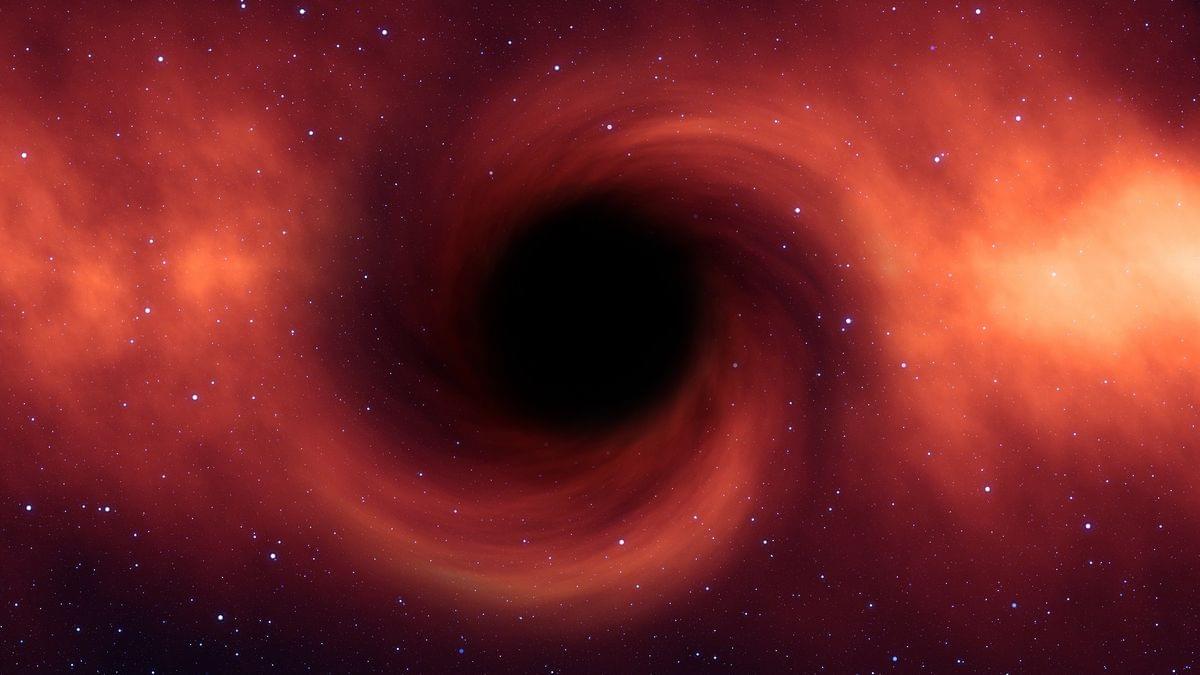
The Geometry of Causality
Viewers like you help make PBS (Thank you 😃). Support your local PBS Member Station here: https://to.pbs.org/DonateSPACE
Using geometry we can not only understand, but visualize how causality dictates the order of events in our universe. Start your Audible trial today at http://www.audible.com/spacetime.
You can further support us on Patreon at / pbsspacetime.
Get your own Space Time tshirt at http://bit.ly/1QlzoBi.
Tweet at us! @pbsspacetime.
Facebook: facebook.com/pbsspacetime.
Email us! pbsspacetime [at] gmail [dot] com.
Comment on Reddit: / pbsspacetime.
Help translate our videos! In this episode we dive deeper into the relationship between space and time and explore how we can geometrically map the causality of the universe and increase our understanding of how time and distance relate to one another. Important Reference Episodes: The Speed of Light is not about Light (1:16) • The Speed of Light is NOT About Light Can You Trust Your Eyes in Space Time? (1:16)
• Can You Trust Your Eyes in Spacetime? Previous Episode: Why Quasars are so Awesome
• Why Quasars are so Awesome | Space Time Written and hosted by Matt O’Dowd Produced by Rusty Ward Graphics by Grayson Blackmon Made by Kornhaber Brown (www.kornhaberbrown.com) Comments Answered by Matt: Michael Lloyd
• The Phantom Singularity | Space Time Jose Hernandez
• The Phantom Singularity | Space Time Joan Eunice
• Why Quasars are so Awesome | Space Time Mike Cammiso
• Why Quasars are so Awesome | Space Time Bikram Sao
• Why Quasars are so Awesome | Space Time Cinestar Productions
• Why Quasars are so Awesome | Space Time Special thanks to our Patreon Big Bang, Quasar and Hypernova Supporters: Big Bang Henry Van Styn David Nicklas Quasar Jelle Slaets Tambe Barsbay Joel Brinton Luna IT Solutions Hypernova Joe Chuck Zegar Craig Peterson Jordan Young Ratfeast John Hofmann Thanks to our Patreon Gamma Ray Burst Supporters: Bernardo Higuera Erik Stein Daniel Lyons Avan & Kyan Griggs Bernardo Higuera Jade Bilkey Kevin Warne JJ Bagnell J Rejc Michael Fischer Dylan Merida Amy Jie Anthony Caridi Avi Goldfinger Corey Smeaton John Pettit Shannan Catalano Florian Stinglmayr Yubo Du Benoit Pagé-Guitard Ronny Polonia Nathan Leniz Jessica Fraley Kirk Mathews Loro Lukic Carl P. Corliss Brandon labonte David Crane Greg Weiss Eric Jackson Will and Sonja Marple.
In this episode we dive deeper into the relationship between space and time and explore how we can geometrically map the causality of the universe and increase our understanding of how time and distance relate to one another.
Important Reference Episodes:

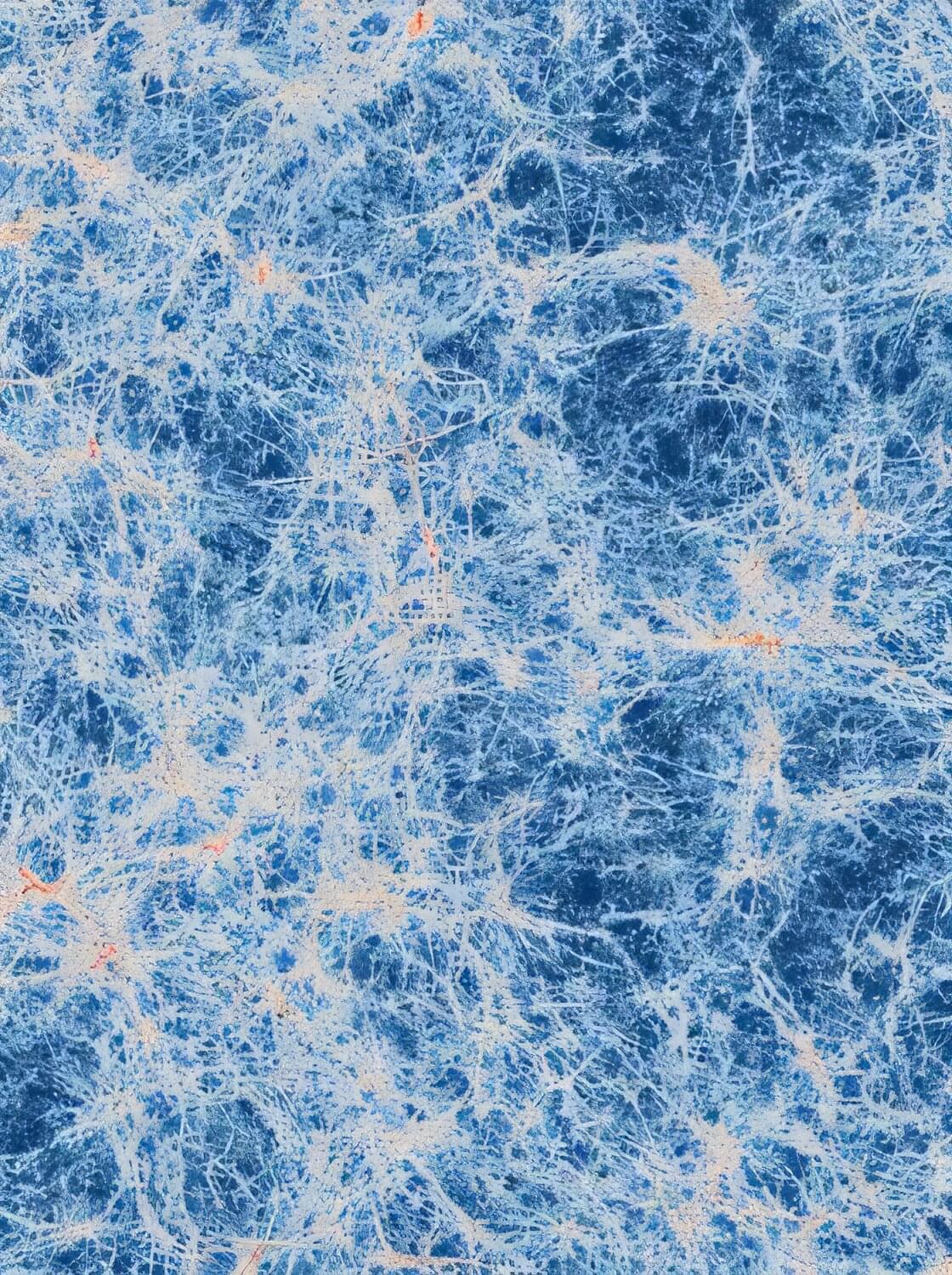
International team captures direct high-definition image of the ‘cosmic web’
Matter in intergalactic space is distributed in a vast network of interconnected filamentary structures, collectively referred to as the cosmic web. With hundreds of hours of observations, an international team of researchers has now obtained an unprecedented high-definition image of a cosmic filament inside this web, connecting two active forming galaxies—dating back to when the universe was about 2 billion years old.
A pillar of modern cosmology is the existence of dark matter, which constitutes about 85% of all matter in the universe. Under the influence of gravity, dark matter forms an intricate cosmic web composed of filaments, at whose intersections the brightest galaxies emerge. This cosmic web acts as the scaffolding on which all visible structures in the universe are built: within the filaments, gas flows to fuel star formation in galaxies. Direct observations of the fuel supply of such galaxies would advance our understanding of galaxy formation and evolution.
However, studying the gas within this cosmic web is incredibly challenging. Intergalactic gas has been detected mainly indirectly through its absorption of light from bright background sources. But the observed results do not elucidate the distribution of this gas. Even the most abundant element, hydrogen, emits only a faint glow, making it basically impossible for instruments of the previous generation to directly observe such gas.
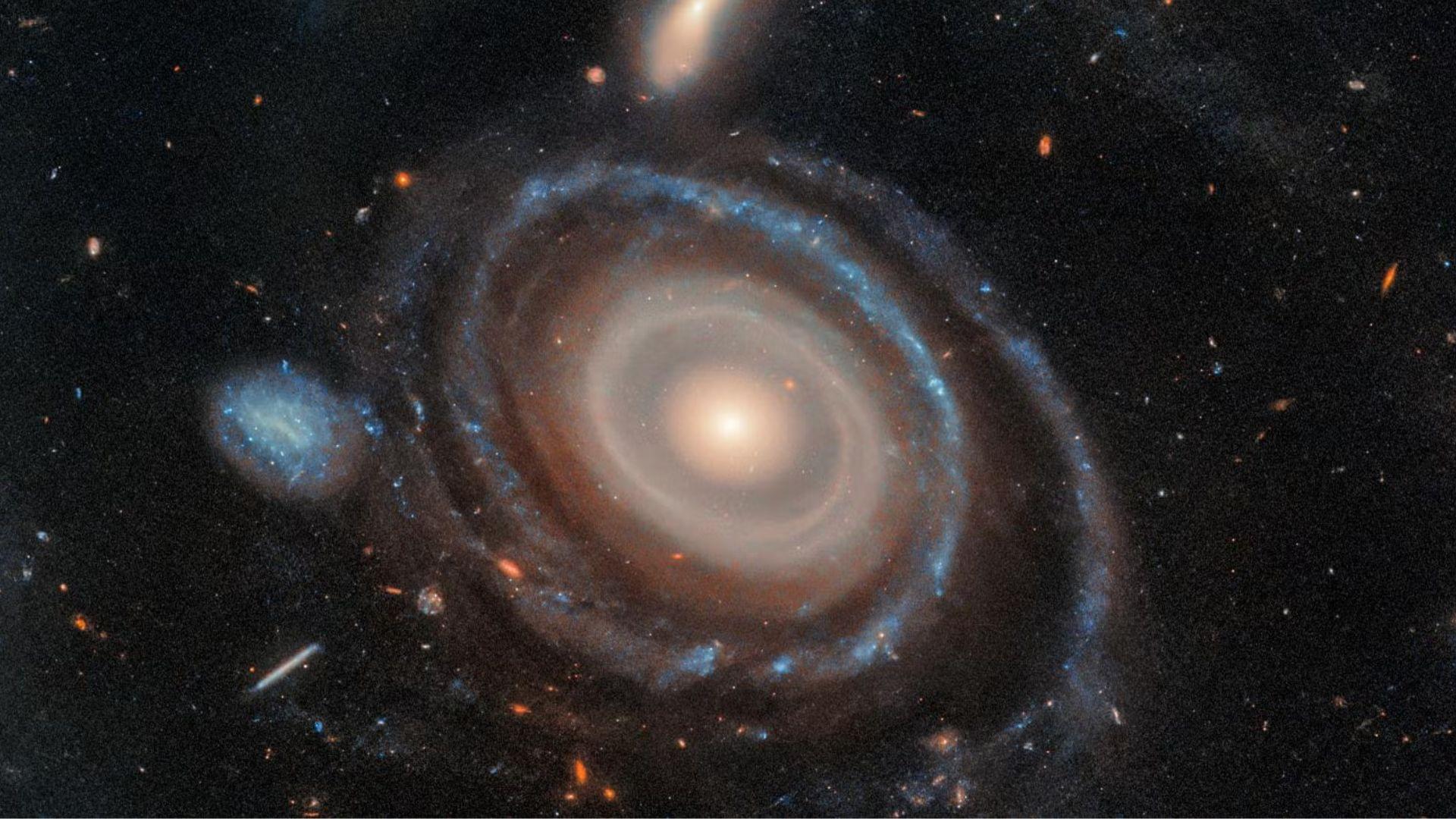
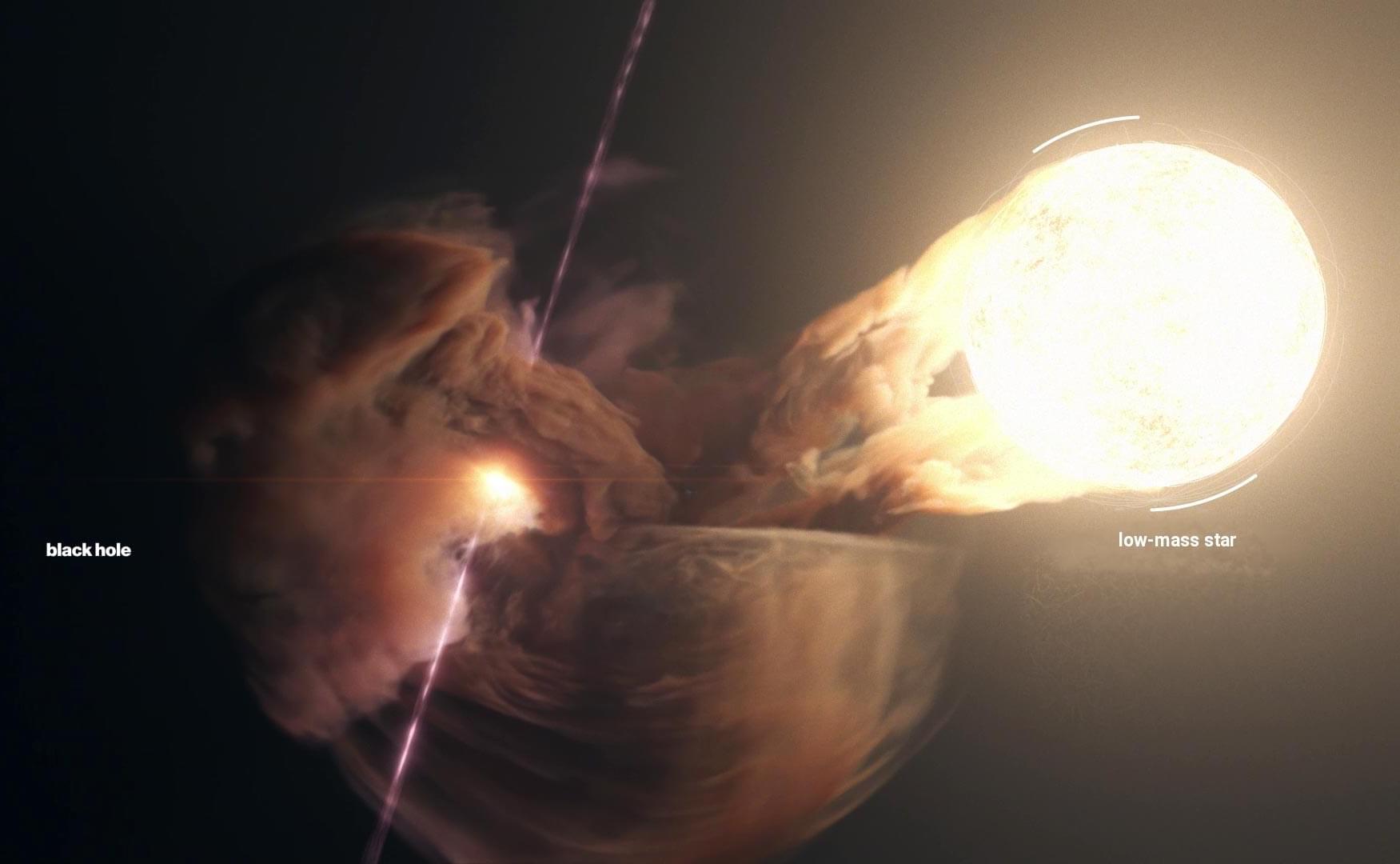
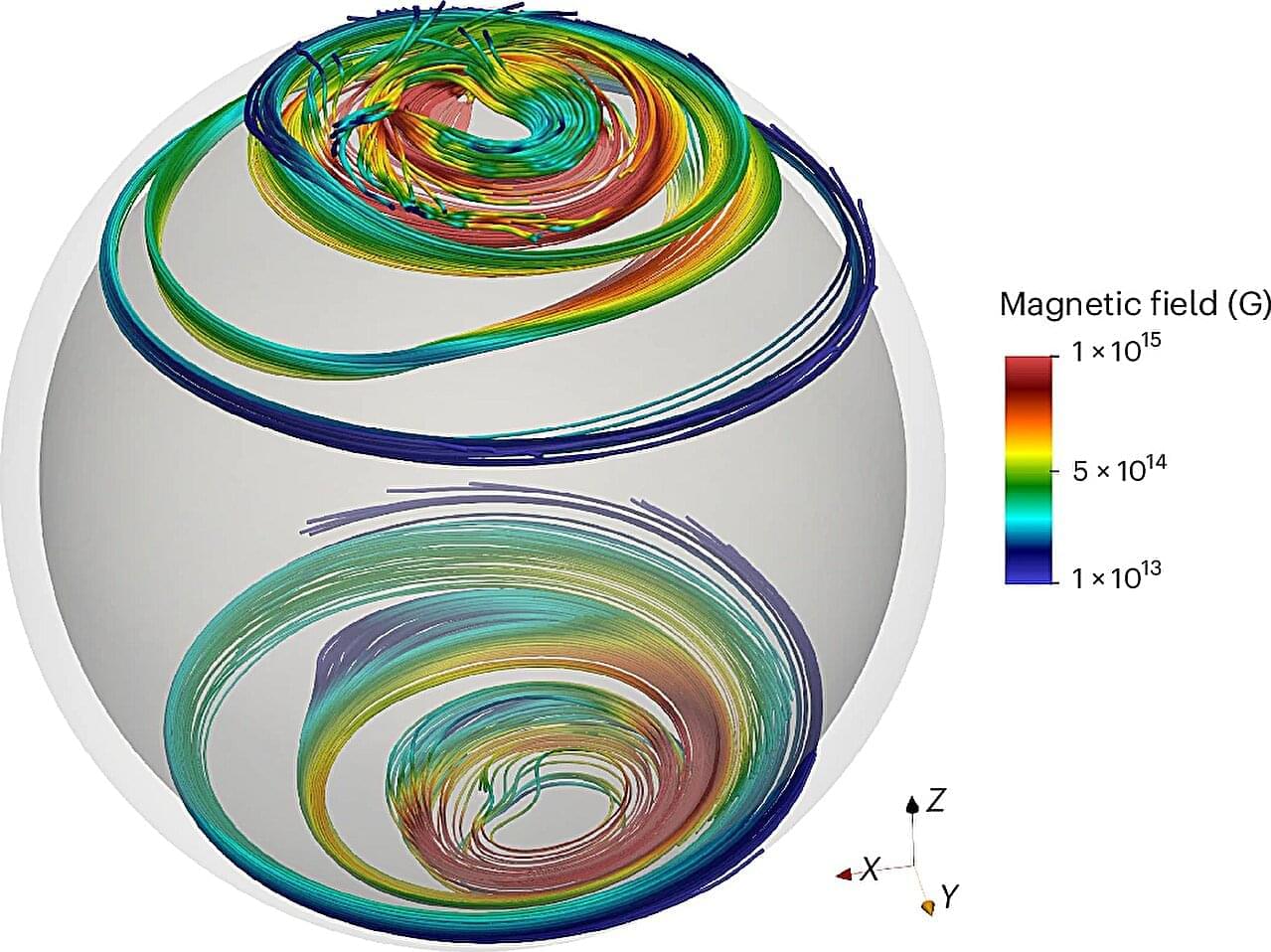
Model shows spinning neutron stars gain enormous magnetic fields
An international team of scientists has modeled the formation and evolution of the strongest magnetic fields in the universe.
Led by scientists from Newcastle University, University of Leeds and France, the paper was published in the journal Nature Astronomy. The researchers identified the Tayler-Spruit dynamo caused by the fall back of supernova material as a mechanism leading to the formation of low-field magnetars. This new work solves the mystery of low-field magnetar formation, which has puzzled scientists since low-field magnetar discovery in 2010.
The team used advanced numerical simulations to model the magneto-thermal evolution of these stars, finding that a specific dynamo process within the proto-neutron star can generate these weaker magnetic fields.
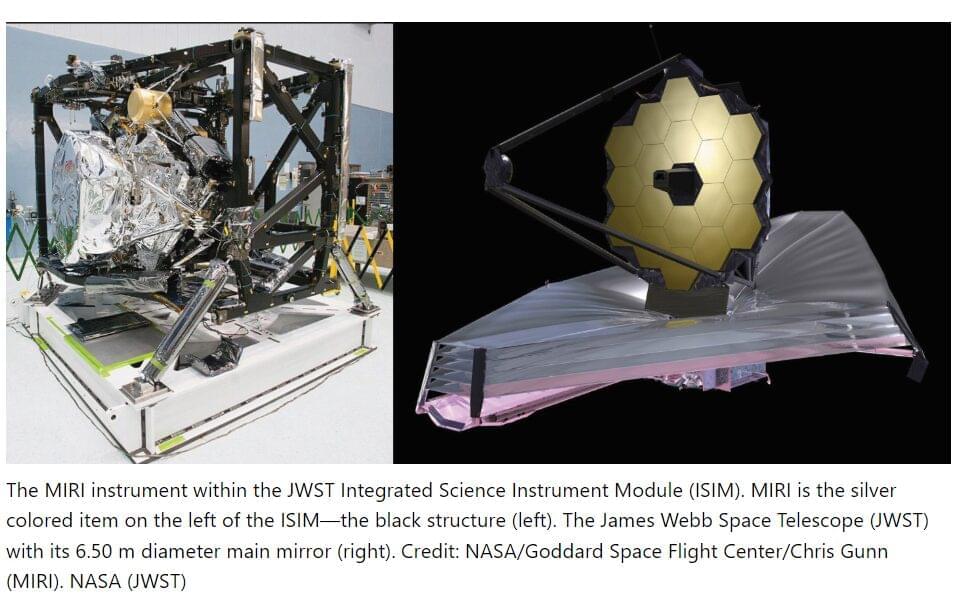
First-ever Detection of a Mid-Infrared Flare in SagittariusA*, the Milky Way’s supermassive black hole
Using the MIRI instrument onboard the James Webb Space Telescope, an international team of scientists made the first-ever detection of a mid-IR flare from Sagittarius A*, the supermassive blackhole at the heart of the Milky Way. In simultaneous radio observations, the team found a radio counterpart of the flare lagging behind in time. The paper is published on the arXiv preprint server.
Scientists have been actively observing Sagittarius A* (Sgr A)—a supermassive black hole roughly 4 million times the mass of the sun— since the early 1990s. Sgr A regularly exhibits flares that can be observed in multiple wavelengths, allowing scientists to see different views of the same flare and better understand how it emits light and how the emission is generated. Despite a long history of successful observations, and even imaging of the cosmic beast by the Event Horizon Telescope in 2022, one crucial piece of the puzzle— mid-infrared observations (Mid-IR)—was missing until now.
Infrared (IR) light is a type of electromagnetic radiation that has longer wavelengths than visible light, but shorter wavelengths than radio light. Mid-IR sits in the middle of the infrared spectrum, and allows astronomers to observe objects, like flares, that are often difficult to observe in other wavelengths due to impenetrable dust. Until the recent study, no team had yet successfully detected Sgr A*’s variability in the mid-IR, leaving a gap in scientists’ understanding of what causes flares, and questions about whether theoretical models are complete.
